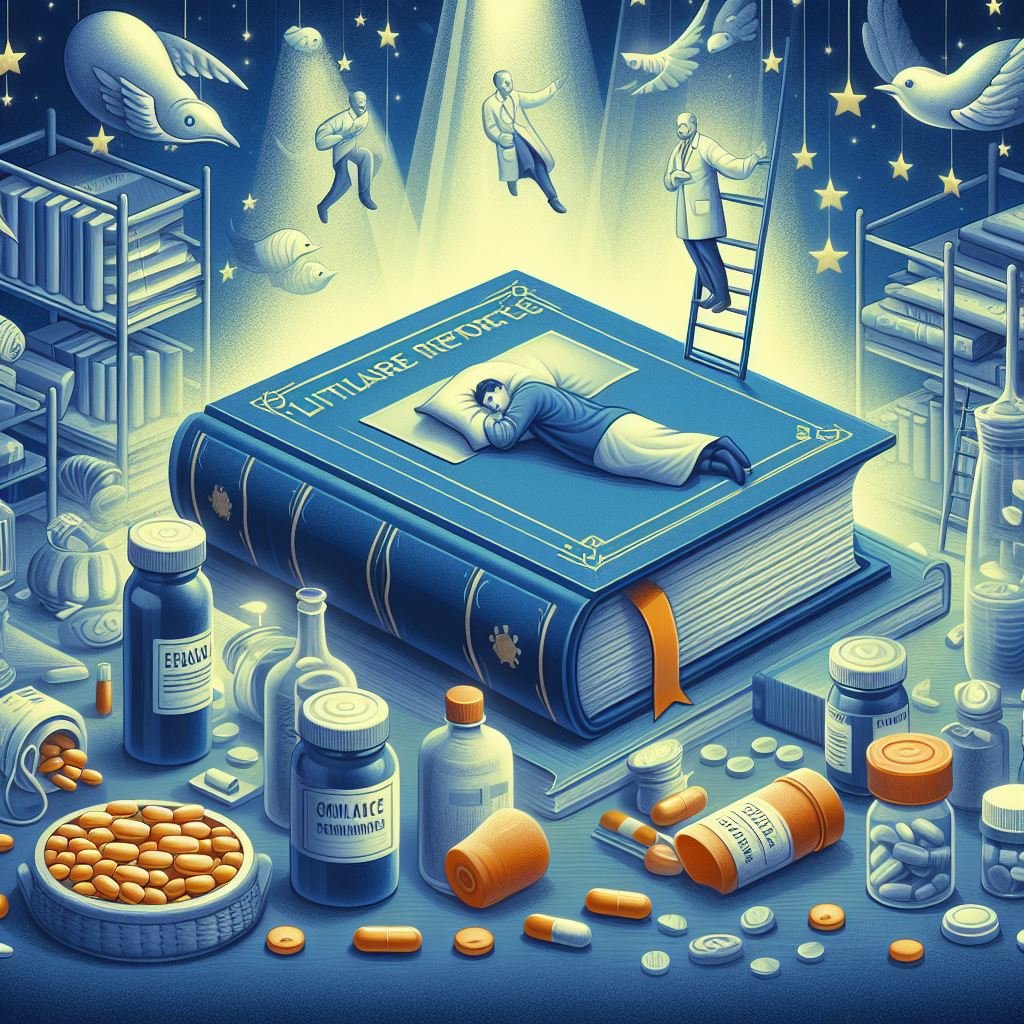Literature reports in pharmacovigilance are like the unsung heroes of drug safety. But what role do they play? Let’s delve deeper.

Early Detection of Adverse Drug Reactions
Literature reports often serve as the first line of defense in detecting adverse drug reactions (ADRs). They provide real-world evidence of how a drug behaves outside the controlled environment of clinical trials. It’s like having a pair of binoculars, allowing us to spot potential issues from afar.
Understanding Rare and Serious ADRs
Literature reports can help us understand rare and serious ADRs that might not be detected in clinical trials due to their limited size and duration. It’s like having a magnifying glass, enabling us to examine these rare occurrences closely.
Identifying Drug Interactions
Literature reports can also help identify potential drug interactions. These interactions can sometimes lead to unexpected ADRs, which can be harmful or even life-threatening. It’s like having a compass, guiding us through the complex landscape of drug interactions.
Informing Risk-Benefit Analysis
Literature reports contribute to the risk-benefit analysis of a drug. By providing information about ADRs, they help determine whether the benefits of a drug outweigh its risks. It’s like having a scale, helping us weigh the pros and cons.
Contributing to Post-Marketing Surveillance
Literature reports play a crucial role in post-marketing surveillance. They provide ongoing safety monitoring of a drug once it’s on the market. It’s like having a radar, keeping track of a drug’s safety profile as it navigates the real world.



